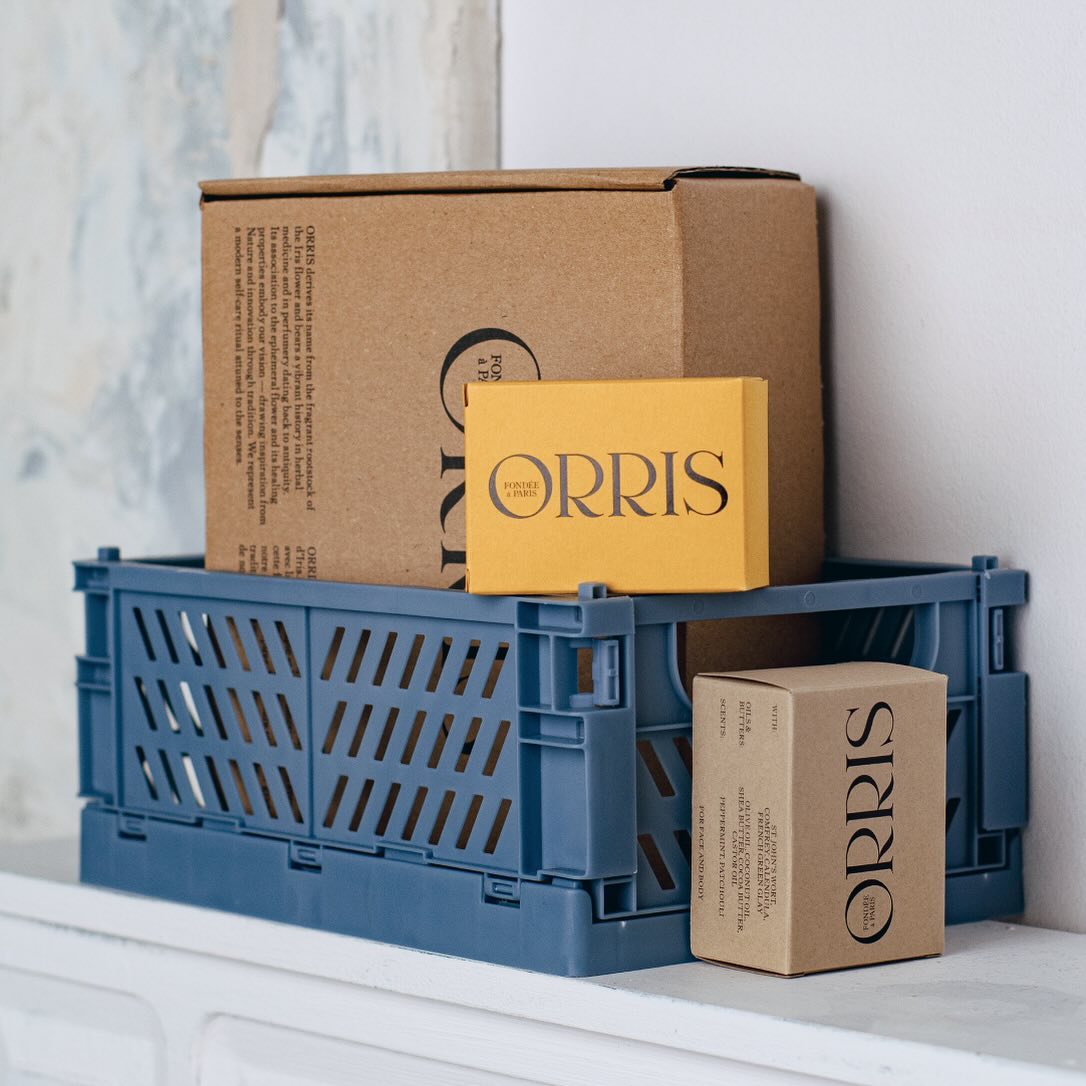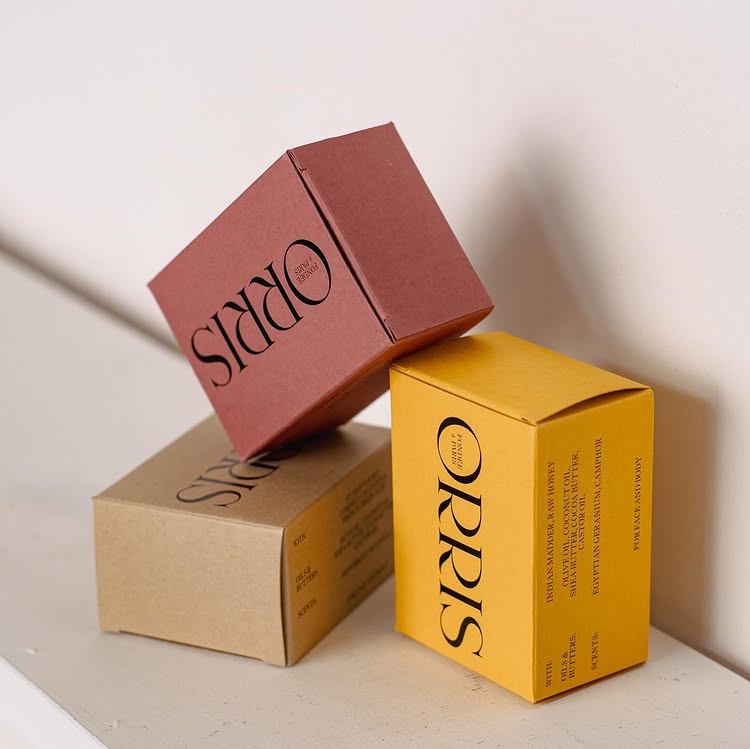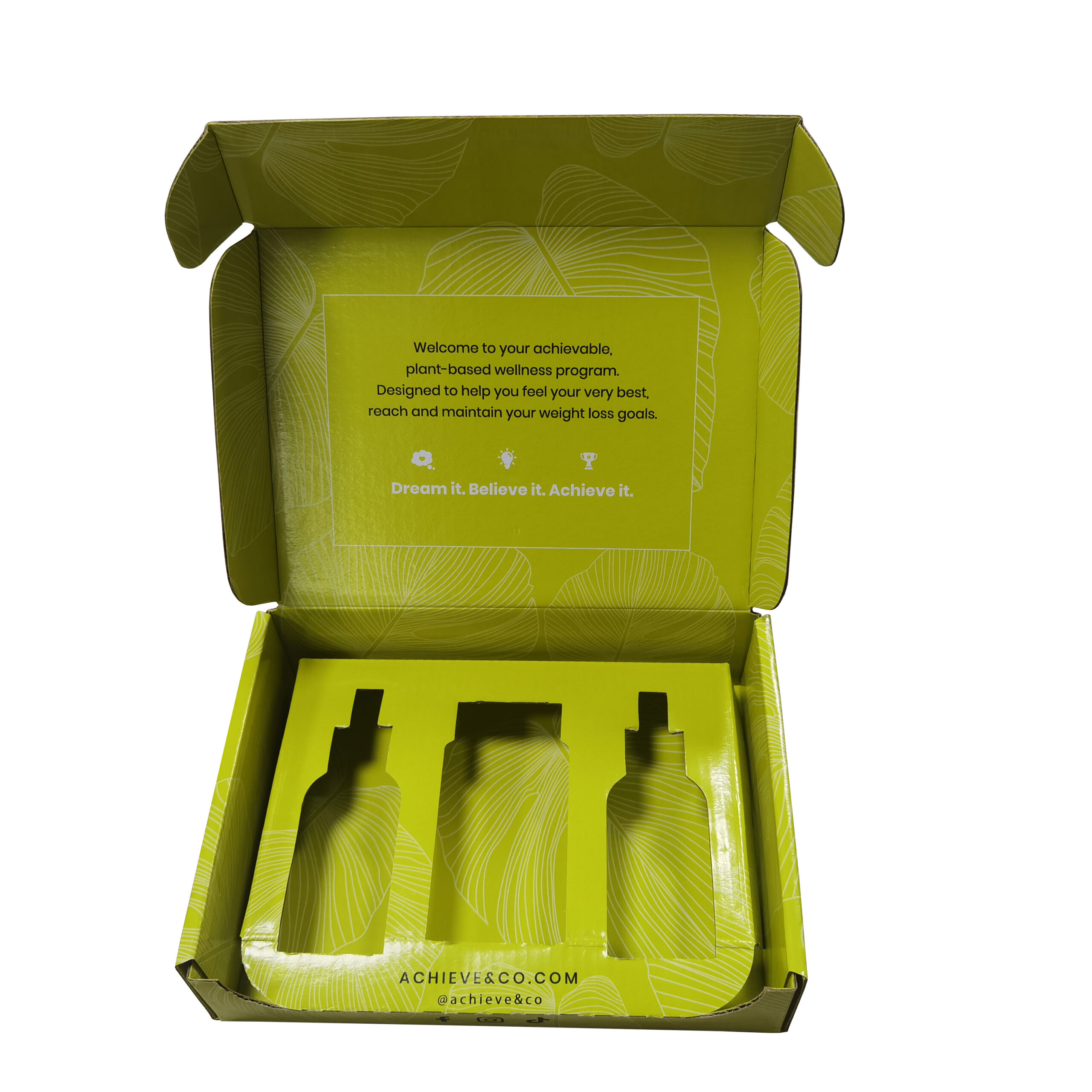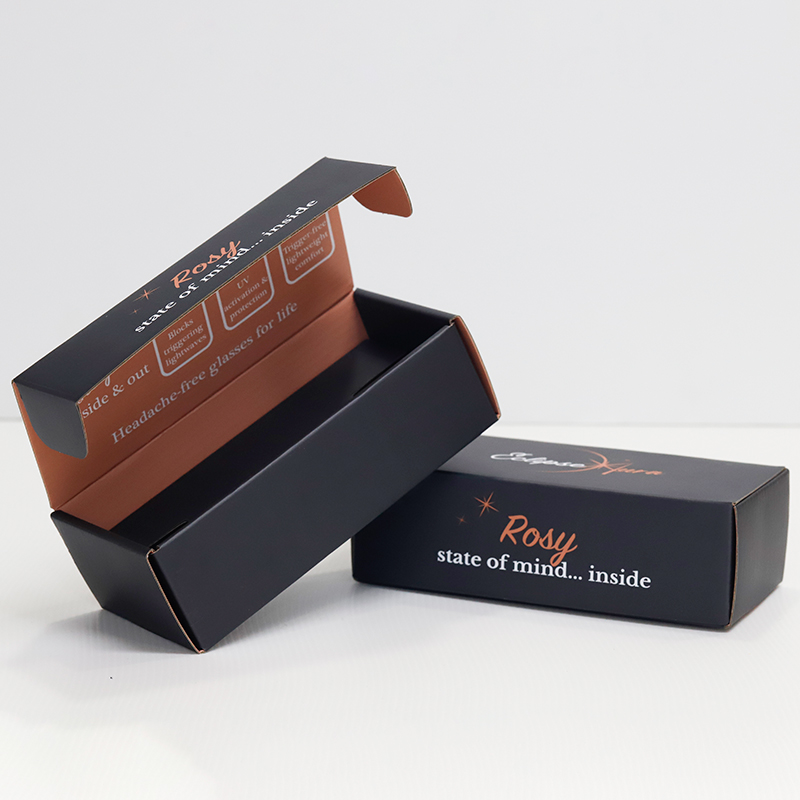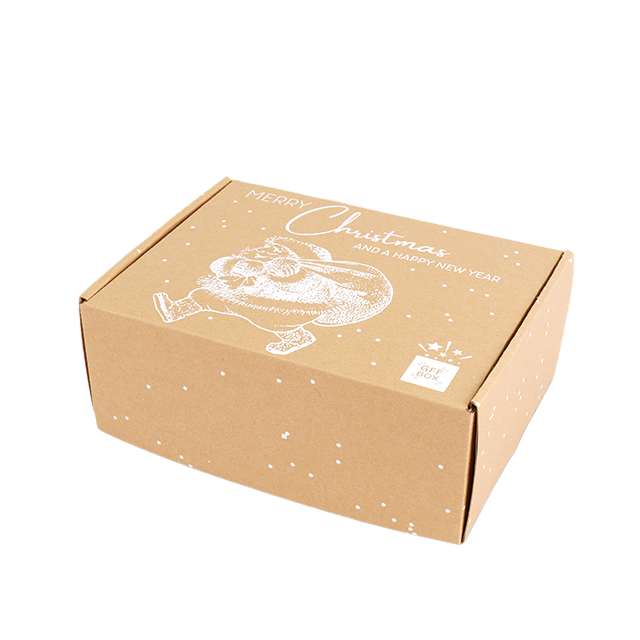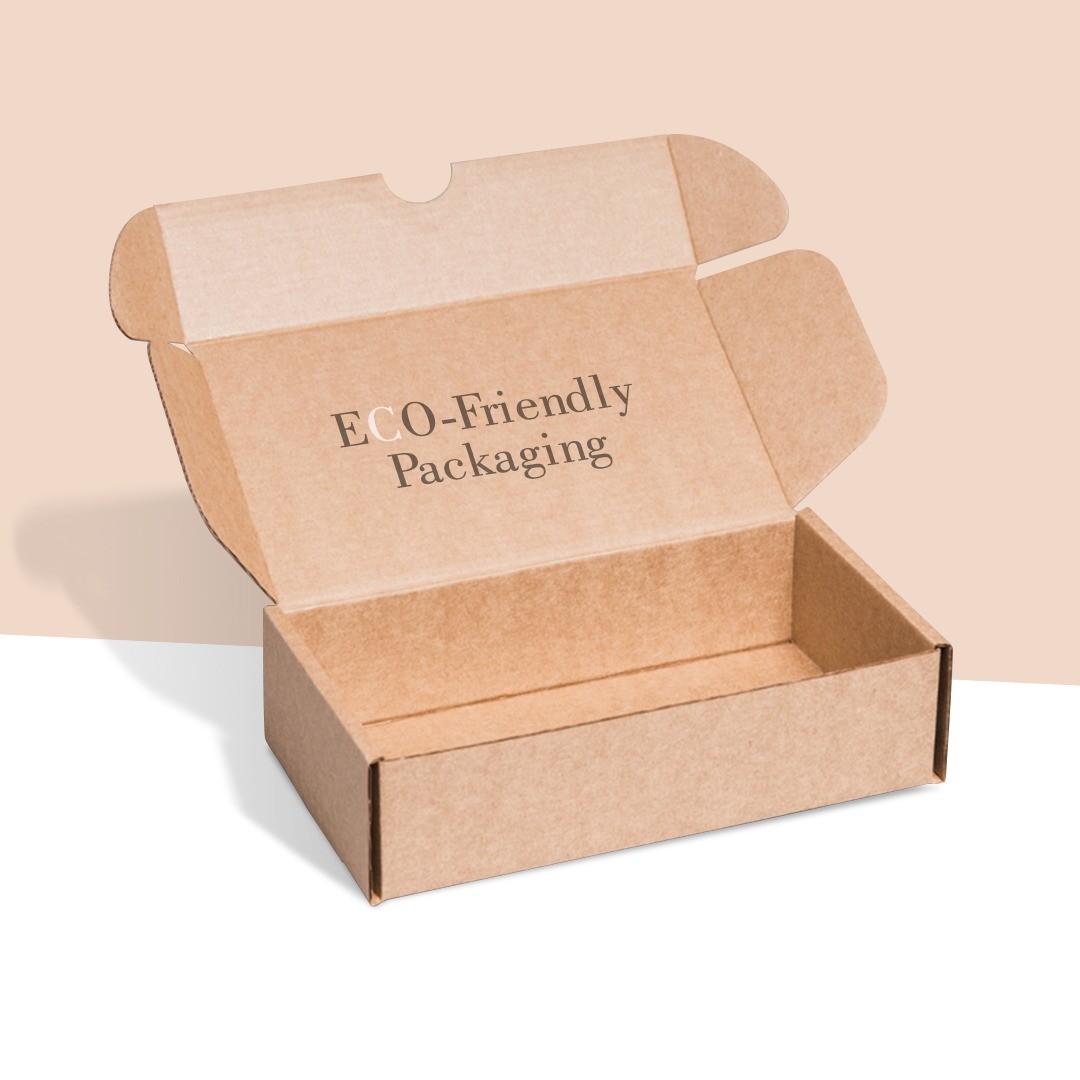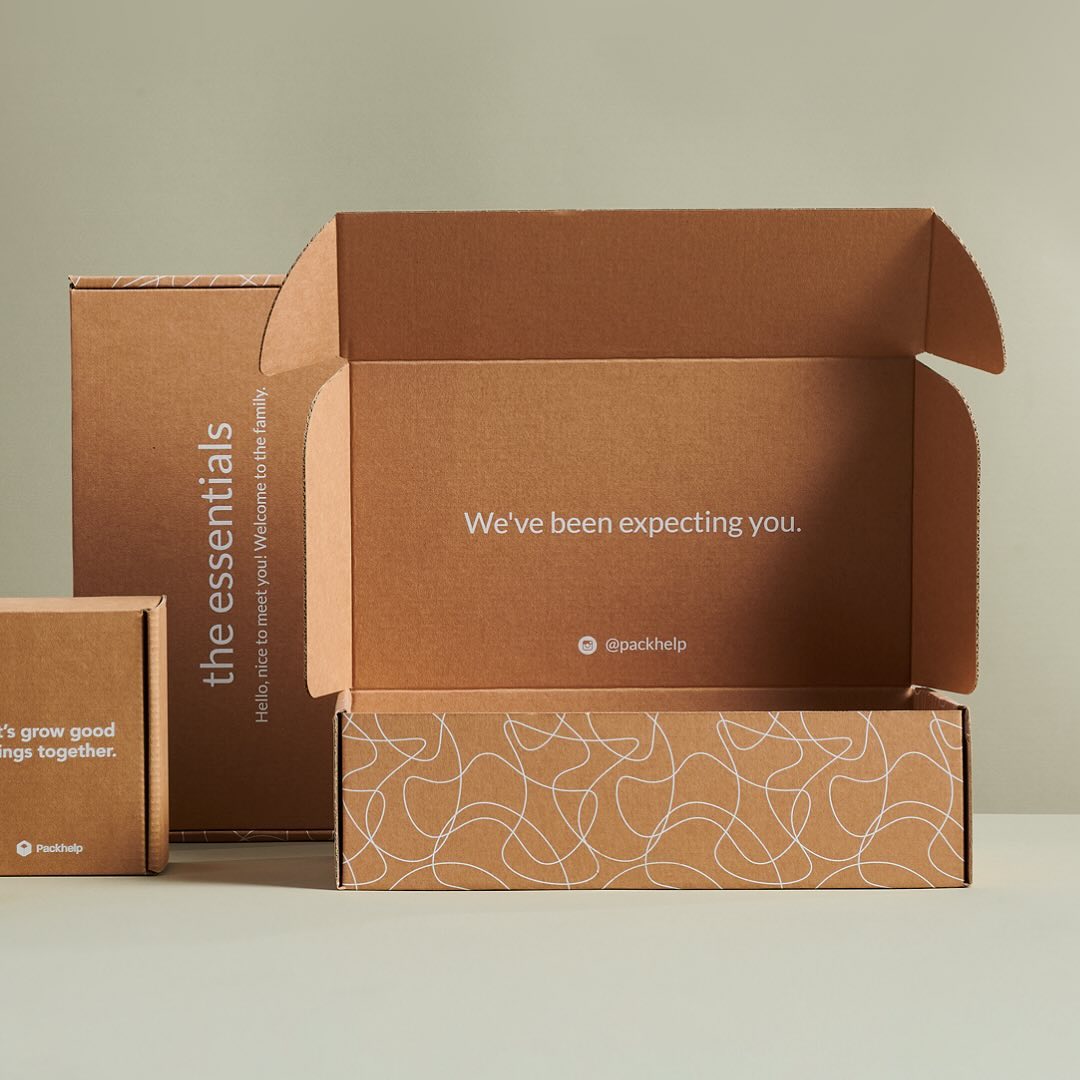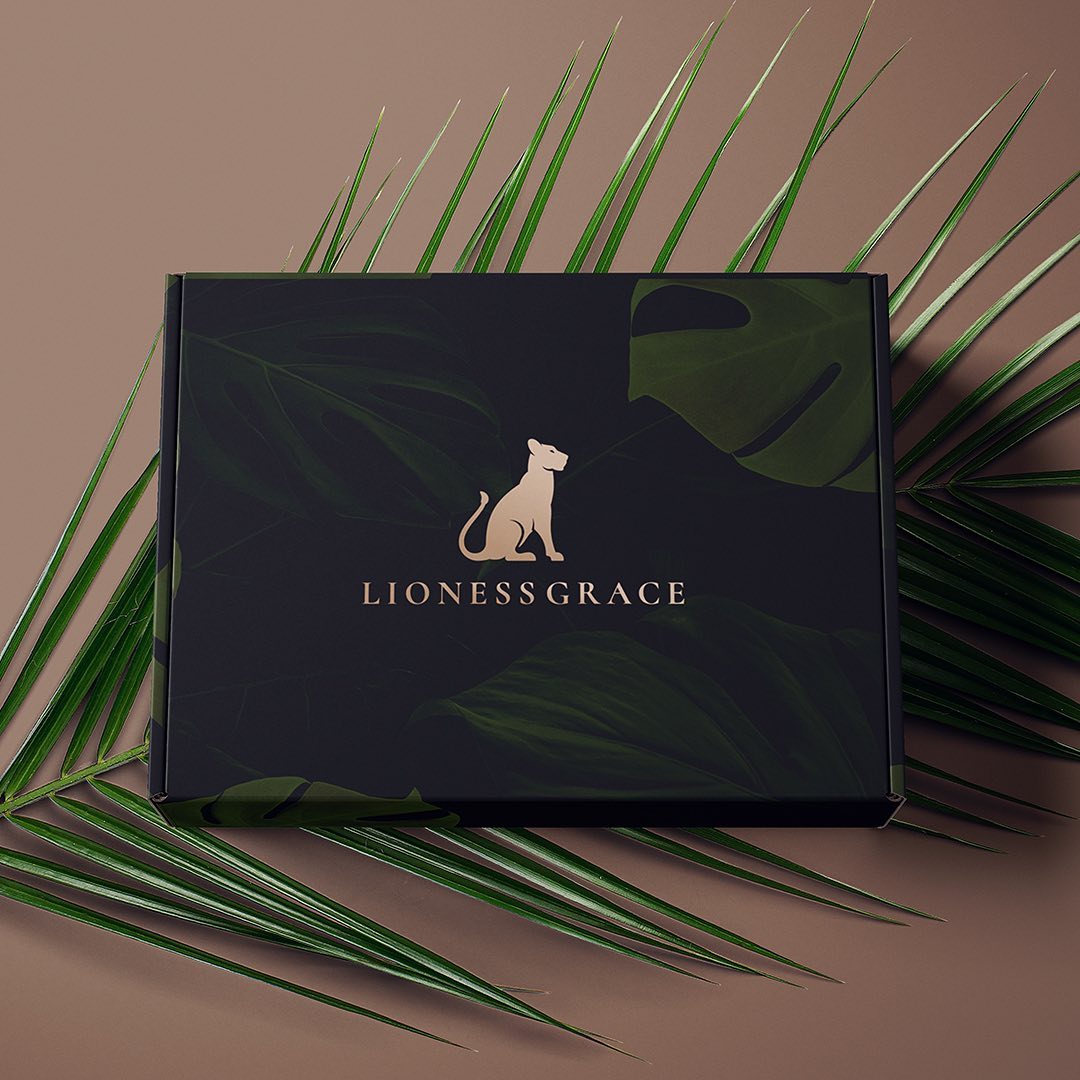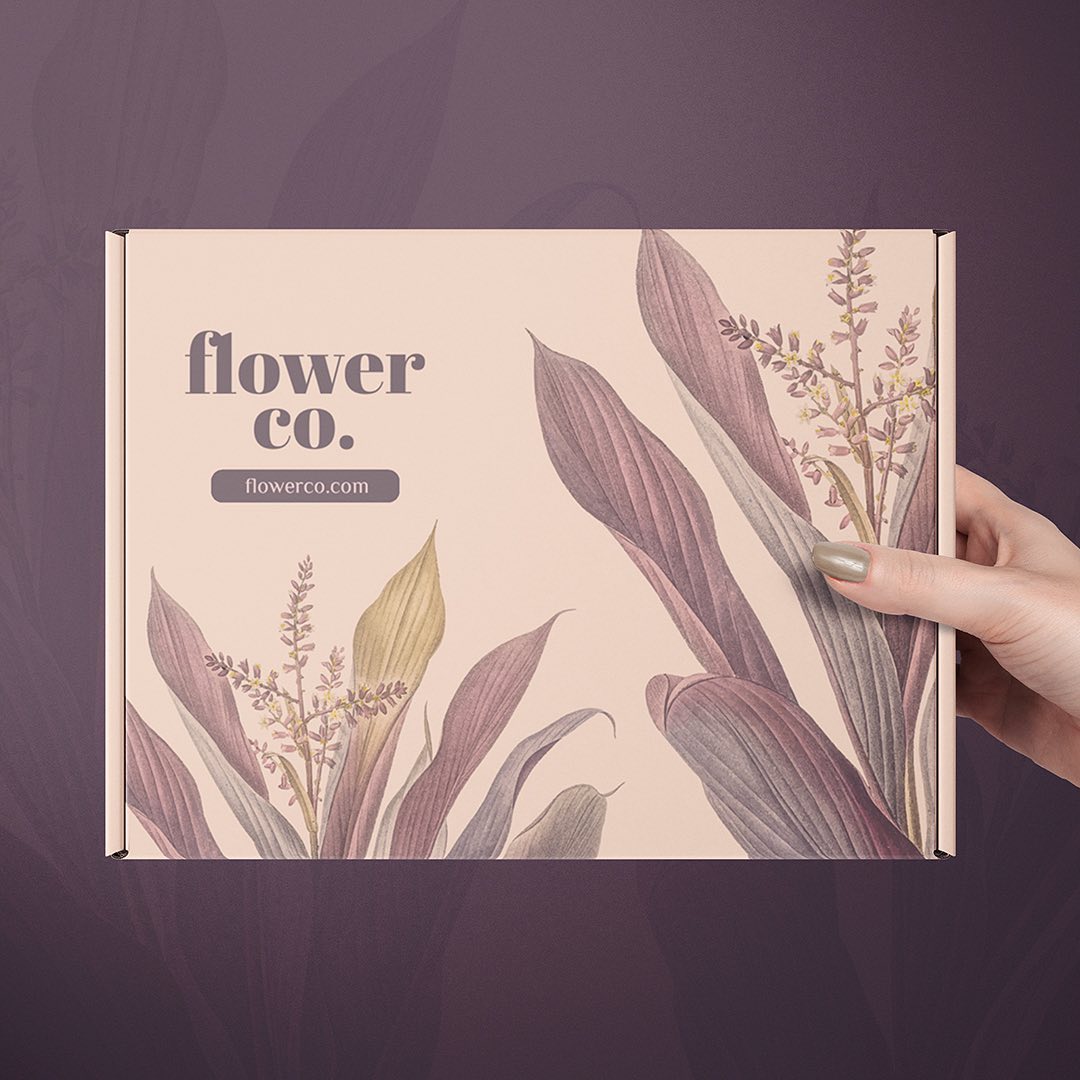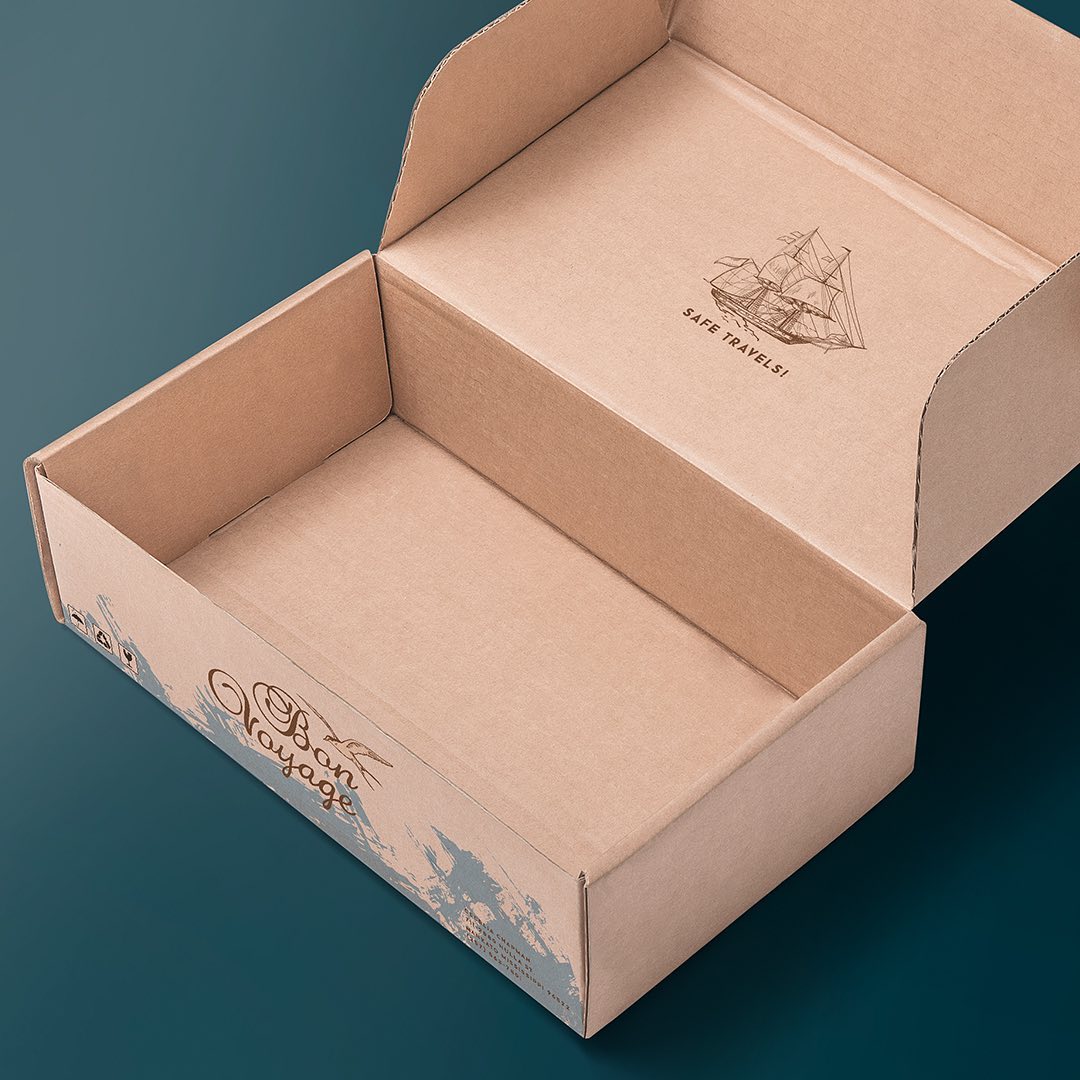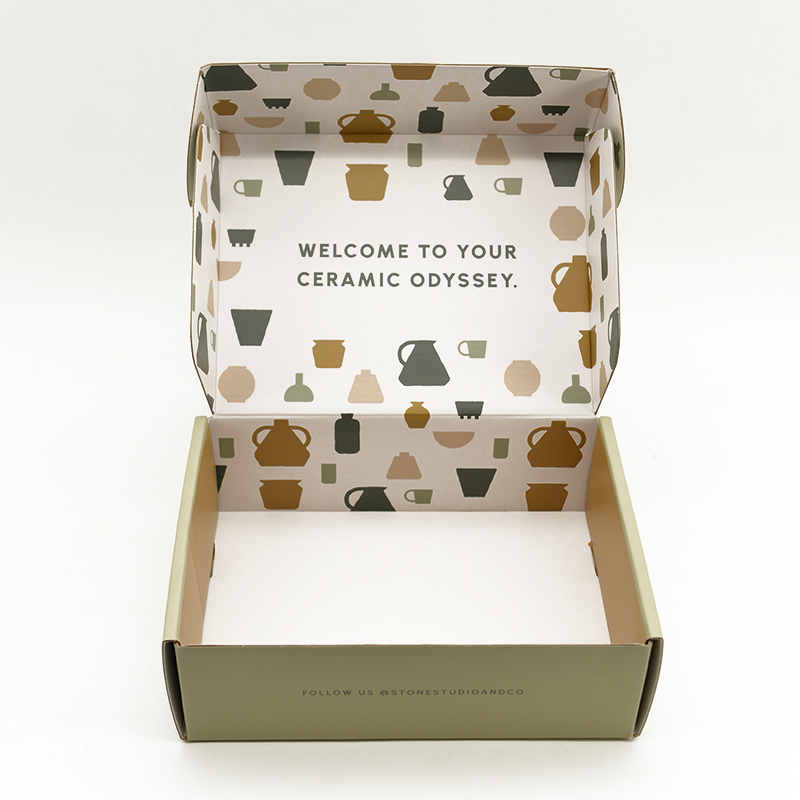
What is the Difference Between Mailer Boxes and Regular Cardboard Boxes?
Table of Contents
Choosing the right packaging box is crucial for ensuring that your products arrive safely and effectively represent your brand. Among the numerous packaging options available, mailer boxes and regular cardboard boxes are two of the most common choices. While they may appear similar at first glance, these boxes serve different purposes and offer distinct features. This article explores the differences between mailer boxes and regular cardboard boxes, helping you make an informed decision for your packaging needs.
Understanding Mailer Boxes
Mailer boxes, often referred to as shipping mailers, are specifically designed for shipping products directly to consumers. They are typically sturdier than standard cardboard boxes and come with features that enhance the unboxing experience.
Key Characteristics of Mailer Boxes
- Durability: Made from high-quality corrugated cardboard, mailer boxes offer superior protection during transit.
- Customization: These boxes are highly customizable in terms of size, color, and branding, allowing businesses to reinforce their brand identity.
- Design: Often feature sleek, minimalist designs that enhance the visual appeal of the product upon delivery.
- Ease of Assembly: Designed for easy and quick assembly, reducing the time and effort required in the packaging process.
Regular Cardboard Boxes: A Versatile Packaging Solution
Regular cardboard boxes are the most commonly used packaging option across various industries. They are versatile, cost-effective, and suitable for a wide range of applications, from shipping to storage.
Key Characteristics of Regular Cardboard Boxes
- Affordability: Generally more economical compared to specialized packaging options.
- Versatility: Suitable for packing diverse items, from household goods to industrial products.
- Standardization: Available in standard sizes, making them easy to source and stack.
- Basic Protection: Provides adequate protection for items during transportation, though not as specialized as mailer boxes.
Comparative Analysis: Mailer Boxes vs. Regular Cardboard Boxes
To better understand the distinctions between mailer boxes and regular cardboard boxes, let’s compare their features side by side.
| Feature | Mailer Boxes | Regular Cardboard Boxes |
|---|---|---|
| Primary Use | Direct-to-consumer shipping and branding | General shipping, storage, and packaging |
| Material Quality | High-quality corrugated cardboard | Standard corrugated or paperboard |
| Customization | High (custom sizes, colors, branding) | Limited customization options |
| Design Aesthetics | Sleek, modern designs enhancing unboxing experience | Functional designs focusing on utility |
| Durability | Enhanced durability for safe transit | Adequate durability for general purposes |
| Cost | Generally higher due to customization and quality | More cost-effective and budget-friendly |
| Ease of Assembly | Quick and user-friendly assembly | Simple but may require more effort for larger sizes |
| Branding Opportunities | Extensive (logos, custom prints, inserts) | Minimal to moderate (basic printing) |
Benefits of Using Mailer Boxes
Choosing mailer boxes over regular cardboard boxes can offer several advantages, especially for businesses focused on enhancing customer experience and brand perception.
Enhanced Brand Identity
Mailer boxes provide ample space for branding elements such as logos, color schemes, and custom graphics. This not only reinforces brand recognition but also creates a memorable unboxing experience for customers.
Improved Product Protection
The sturdier construction of mailer boxes ensures that products are well-protected during transit, reducing the likelihood of damage and returns.
Professional Appearance
A well-designed mailer box conveys professionalism and attention to detail, which can positively influence customer perceptions and increase brand loyalty.
When to Use Regular Cardboard Boxes
While mailer boxes offer specialized benefits, regular cardboard boxes remain a viable option for various scenarios.
Cost-Effectiveness
For businesses operating on tight budgets or shipping items that do not require specialized packaging, regular cardboard boxes provide a cost-effective solution without compromising on basic protection.
Versatility in Usage
Regular cardboard boxes are adaptable to a wide range of applications beyond shipping, including storage, moving, and organizing, making them a staple in both commercial and personal settings.
Standardized Sizing
The availability of standard sizes simplifies the packaging process, allowing for easy stacking, storage, and transportation logistics.
Customization Options: Mailer Boxes vs. Regular Cardboard Boxes
Customization plays a pivotal role in packaging, influencing both functionality and aesthetics. Here’s how mailer boxes and regular cardboard boxes compare in terms of customization.
Mailer Boxes Customization
- Print Options: Full-color printing, spot UV, embossing, and foil stamping.
- Structural Design: Custom sizes, unique shapes, window cutouts, and special closures.
- Interior Design: Custom inserts, branded tissue paper, and personalized packaging materials.
Regular Cardboard Boxes Customization
- Basic Printing: Minimal branding such as logos or simple graphics.
- Sizes and Shapes: Limited to standard sizes with some flexibility for custom dimensions.
- Functional Features: Reinforced corners, double-walled options for added strength.
Environmental Considerations
Sustainability is increasingly becoming a critical factor in packaging decisions. Both mailer boxes and regular cardboard boxes can be environmentally friendly, but there are differences to consider.
Mailer Boxes and Sustainability
- Eco-Friendly Materials: Many mailer boxes are made from recycled materials and are fully recyclable.
- Minimalistic Design: Often require less material due to their sleek design, reducing overall waste.
- Efficient Packaging: Designed to fit products snugly, minimizing the need for additional packing materials.
Regular Cardboard Boxes and Sustainability
- Recyclability: Typically made from recyclable materials, contributing to waste reduction.
- Reusability: Can be repurposed for various storage and organizational needs.
- Material Use: Standard designs may use more material, but options for eco-friendly cardboard are available.
Cost Analysis: Mailer Boxes vs. Regular Cardboard Boxes
Understanding the cost implications is essential for making an informed packaging choice.
Mailer Boxes Cost Factors
- Customization: Higher costs associated with custom printing and design elements.
- Material Quality: Superior materials contribute to increased pricing.
- Order Volume: Bulk orders may reduce the per-unit cost, but initial investments can be higher.
Regular Cardboard Boxes Cost Factors
- Standardization: Lower costs due to mass production and standardized sizes.
- Minimal Customization: Reduced expenses as customization options are limited.
- Bulk Purchasing: Economies of scale can further decrease costs for large orders.
Choosing the Right Packaging for Your Needs
Selecting between mailer boxes and regular cardboard boxes depends on various factors, including your business model, budget, and branding objectives.
Assessing Your Business Requirements
- Branding Goals: If enhancing brand identity and customer experience is a priority, mailer boxes are the preferred choice.
- Product Type: Delicate or high-value items may benefit from the superior protection offered by mailer boxes.
- Budget Constraints: For businesses with limited budgets or those shipping non-sensitive items, regular cardboard boxes provide a cost-effective solution.
Evaluating Logistics and Supply Chain
Consider the logistics of your supply chain, including storage space, shipping volumes, and handling processes. Mailer boxes, with their custom sizes and designs, may require more sophisticated storage and handling compared to the standardized regular cardboard boxes.
Case Studies: Successful Implementation of Mailer Boxes and Regular Cardboard Boxes
Case Study 1: E-commerce Brand Utilizing Mailer Boxes
An online apparel retailer switched to custom mailer boxes to enhance the unboxing experience. By printing their logo and unique design elements on the boxes, customers felt the brand’s attention to detail upon receiving their orders. This led to a significant increase in customer satisfaction and repeat purchases. Additionally, the distinctive packaging reinforced the brand’s premium image, helping it stand out in a competitive market.
Case Study 2: Manufacturing Company Using Regular Cardboard Boxes
A large manufacturing company producing industrial equipment opted for standard regular cardboard boxes for shipping bulk products. This choice significantly reduced packaging costs and streamlined the shipping process, allowing the company to maintain competitive pricing without compromising on basic product protection. By selecting double-walled corrugated boxes, the company ensured adequate protection during transit, balancing cost-efficiency with functionality.
Case Study 3: Startup Balancing Brand and Budget
A new beauty product startup faced the challenge of balancing brand promotion with budget constraints. They chose to use mailer boxes for their premium product lines to enhance the customer experience and reinforce their brand image. For their lower-priced product lines, they used regular cardboard boxes to manage costs effectively. This strategy optimized overall packaging expenses while maintaining brand consistency and customer satisfaction across different product tiers.
Future Trends in Packaging: Mailer Boxes and Regular Cardboard Boxes
The packaging industry is continually evolving, influenced by technological advancements and shifting consumer preferences.
Sustainable Packaging Innovations
Both mailer boxes and regular cardboard boxes are embracing sustainable practices, with increased use of recycled materials and eco-friendly designs to meet consumer demand for environmentally responsible packaging.
Smart Packaging Solutions
The integration of smart technologies, such as QR codes and NFC tags, is becoming prevalent in mailer boxes, enhancing the customer experience by providing interactive and informative content during the unboxing process.
Customization and Personalization
Advancements in printing technologies are enabling more intricate and personalized designs for both mailer boxes and regular cardboard boxes, allowing brands to differentiate themselves in a competitive market.
Comprehensive Conclusion
Choosing between mailer boxes and regular cardboard boxes hinges on your specific business needs, budget, and branding objectives. Mailer boxes offer enhanced durability, customization, and a premium unboxing experience, making them ideal for businesses aiming to strengthen their brand identity and provide superior product protection. On the other hand, regular cardboard boxes offer versatility, affordability, and ease of use, suitable for a wide range of applications from shipping to storage.
As the packaging industry continues to innovate, both types of boxes are adapting to meet the growing demands for sustainability and smart packaging solutions. By carefully evaluating your requirements and understanding the distinct features of mailer boxes and regular cardboard boxes, you can make an informed decision that aligns with your business goals and enhances your overall operational efficiency.
Investing in the right packaging not only safeguards your products but also plays a pivotal role in shaping customer perceptions and fostering brand loyalty. Whether you opt for the specialized advantages of mailer boxes or the practical benefits of regular cardboard boxes, ensuring that your packaging strategy aligns with your business objectives is essential for long-term success.

